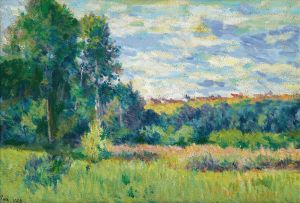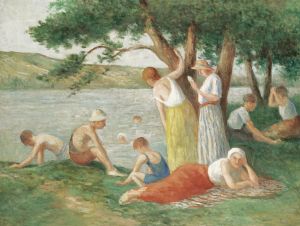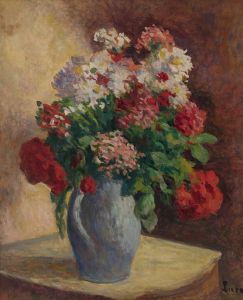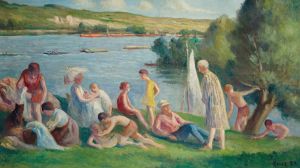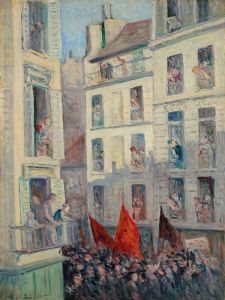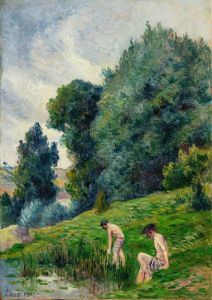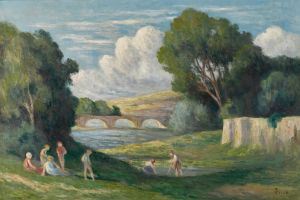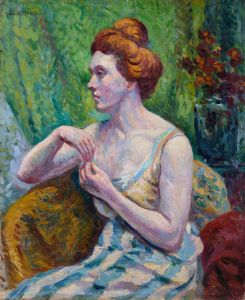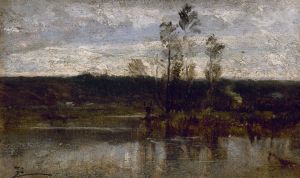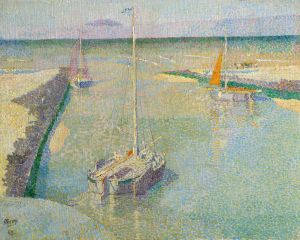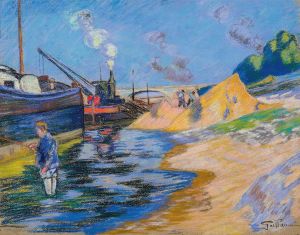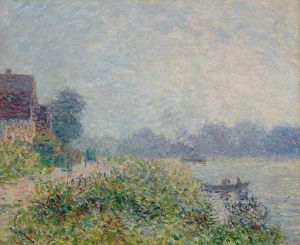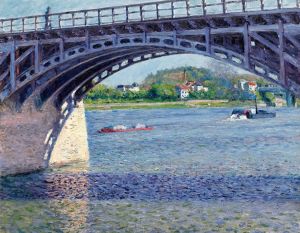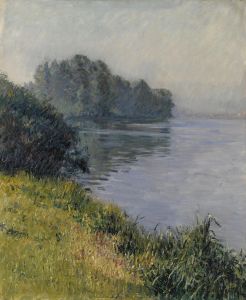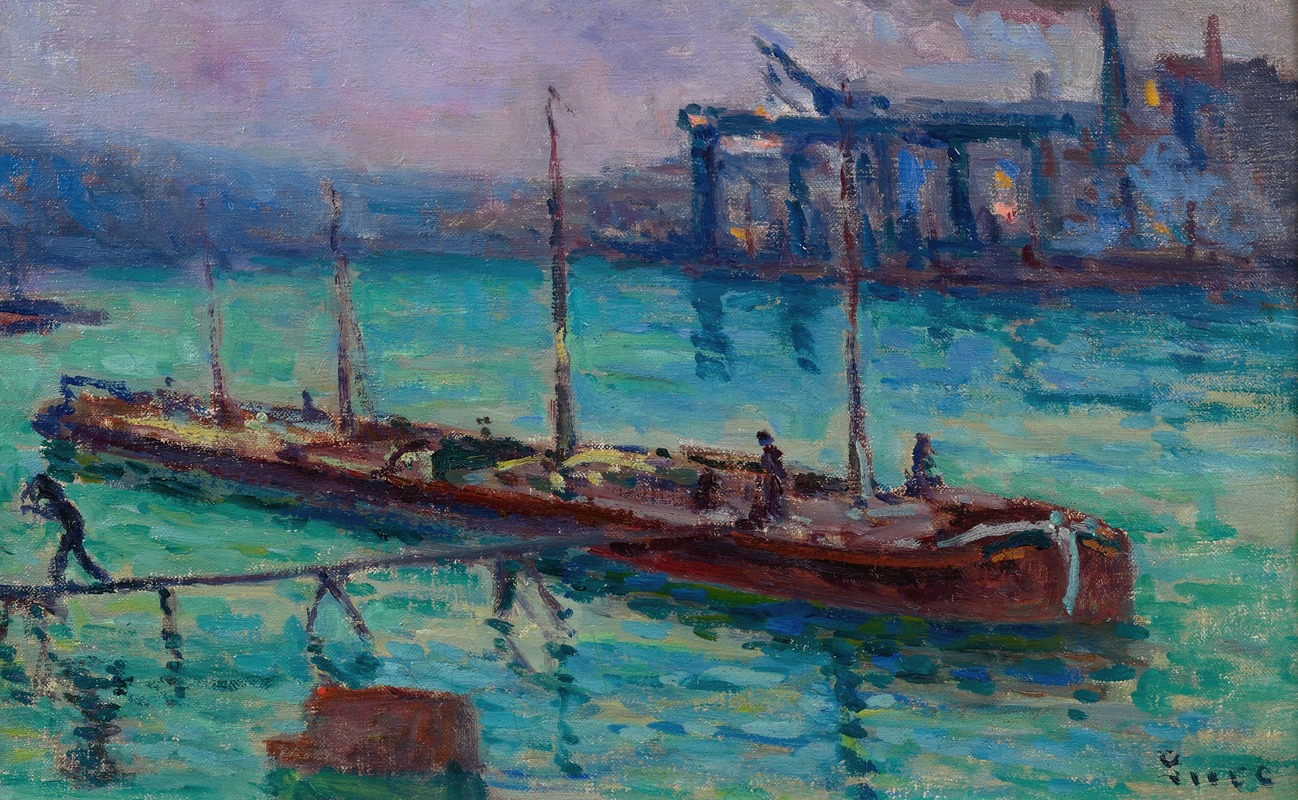
Péniche Au Bord De La Seine
A hand-painted replica of Maximilien Luce’s masterpiece Péniche Au Bord De La Seine, meticulously crafted by professional artists to capture the true essence of the original. Each piece is created with museum-quality canvas and rare mineral pigments, carefully painted by experienced artists with delicate brushstrokes and rich, layered colors to perfectly recreate the texture of the original artwork. Unlike machine-printed reproductions, this hand-painted version brings the painting to life, infused with the artist’s emotions and skill in every stroke. Whether for personal collection or home decoration, it instantly elevates the artistic atmosphere of any space.
Maximilien Luce was a prominent French Neo-Impressionist painter known for his vibrant landscapes and depictions of urban life. One of his notable works is "Péniche Au Bord De La Seine," which translates to "Barge on the Banks of the Seine." This painting exemplifies Luce's skillful use of color and light, characteristic of the Neo-Impressionist movement.
Maximilien Luce was born on March 13, 1858, in Paris, France. He initially trained as an engraver before turning to painting. Luce became associated with the Neo-Impressionist movement, which was pioneered by Georges Seurat and Paul Signac. This movement, also known as Pointillism or Divisionism, involved the application of paint in small, distinct dots of color that were intended to blend in the viewer's eye, creating a luminous effect.
"Péniche Au Bord De La Seine" captures a serene scene along the Seine River, a frequent subject in Luce's work. The painting depicts a barge moored along the riverbank, surrounded by lush greenery and the tranquil waters of the Seine. Luce's use of color is particularly noteworthy; he employs a palette of soft blues, greens, and earth tones to convey the peaceful atmosphere of the riverside setting.
The composition of the painting reflects Luce's interest in the effects of light and atmosphere. The dappled sunlight filtering through the trees and reflecting off the water is rendered with meticulous attention to detail. This technique highlights Luce's mastery of the Neo-Impressionist style, where the interplay of light and color is central to the composition.
Luce's choice of subject matter in "Péniche Au Bord De La Seine" is indicative of his broader artistic interests. He often painted scenes of everyday life, capturing the essence of the French countryside and urban environments. The Seine River, in particular, was a recurring motif in his work, symbolizing both the natural beauty and the industrial activity of the region.
Throughout his career, Luce remained committed to the principles of Neo-Impressionism, even as other artists moved towards different styles. His dedication to this technique is evident in "Péniche Au Bord De La Seine," where the precise application of color and the harmonious composition reflect the ideals of the movement.
Maximilien Luce's contributions to the art world extend beyond his paintings. He was also an active member of the anarchist movement in France, and his political beliefs often influenced his work. However, "Péniche Au Bord De La Seine" is primarily a celebration of nature and the tranquil beauty of the Seine River, devoid of overt political themes.
Today, Luce's work is celebrated for its technical brilliance and its ability to capture the essence of a moment in time. "Péniche Au Bord De La Seine" remains an exemplary piece within his oeuvre, showcasing his unique ability to blend color, light, and composition into a cohesive and captivating work of art. The painting continues to be appreciated by art enthusiasts and serves as a testament to Luce's enduring legacy in the world of Neo-Impressionism.





